Kontakt Chemie PRINTER 66 Handleiding
Kontakt Chemie
Niet gecategoriseerd
PRINTER 66
Bekijk gratis de handleiding van Kontakt Chemie PRINTER 66 (11 pagina’s), behorend tot de categorie Niet gecategoriseerd. Deze gids werd als nuttig beoordeeld door 409 mensen en kreeg gemiddeld 4.5 sterren uit 205 reviews. Heb je een vraag over Kontakt Chemie PRINTER 66 of wil je andere gebruikers van dit product iets vragen? Stel een vraag
Product specificaties
| Merk: | Kontakt Chemie |
| Categorie: | Niet gecategoriseerd |
| Model: | PRINTER 66 |
| Kleur van het product: | Wit |
| Gewicht: | - g |
| Breedte: | - mm |
| Diepte: | - mm |
| Hoogte: | - mm |
| Aantal per verpakking: | 12 stuk(s) |
| Inhoud: | 200 ml |
Heb je hulp nodig?
Als je hulp nodig hebt met Kontakt Chemie PRINTER 66 stel dan hieronder een vraag en andere gebruikers zullen je antwoorden
Handleiding Niet gecategoriseerd Kontakt Chemie

13 Juni 2023

13 Juni 2023

13 Juni 2023

13 Juni 2023

13 Juni 2023

13 Juni 2023

13 Juni 2023

13 Juni 2023

13 Juni 2023

21 Februari 2023
Handleiding Niet gecategoriseerd
- Aarke
- Sanus
- Solid
- Elmo
- AUTOUTLET
- KeoBin
- Chauvin Arnoux
- Crucial
- Wachendorff
- Götze & Jensen
- Rexing
- Busch And Müller
- Pentatech
- Bodum
- Phanteks
Nieuwste handleidingen voor Niet gecategoriseerd
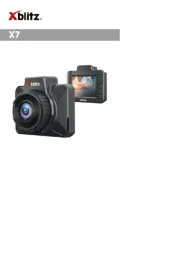
7 Augustus 2025
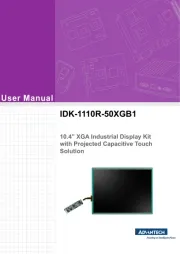
7 Augustus 2025
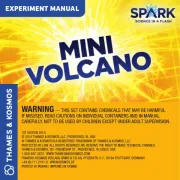
6 Augustus 2025
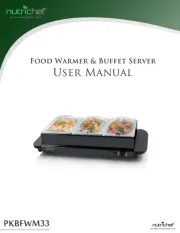
6 Augustus 2025
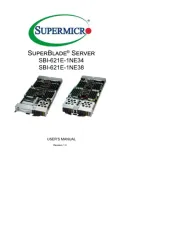
6 Augustus 2025
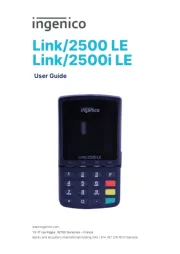
6 Augustus 2025
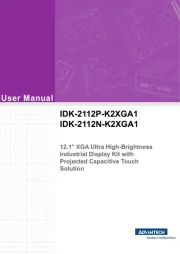
6 Augustus 2025
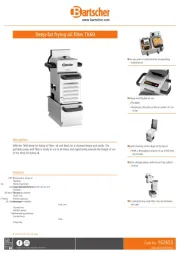
6 Augustus 2025
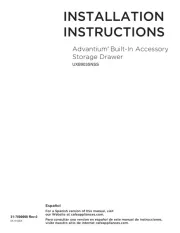
6 Augustus 2025
